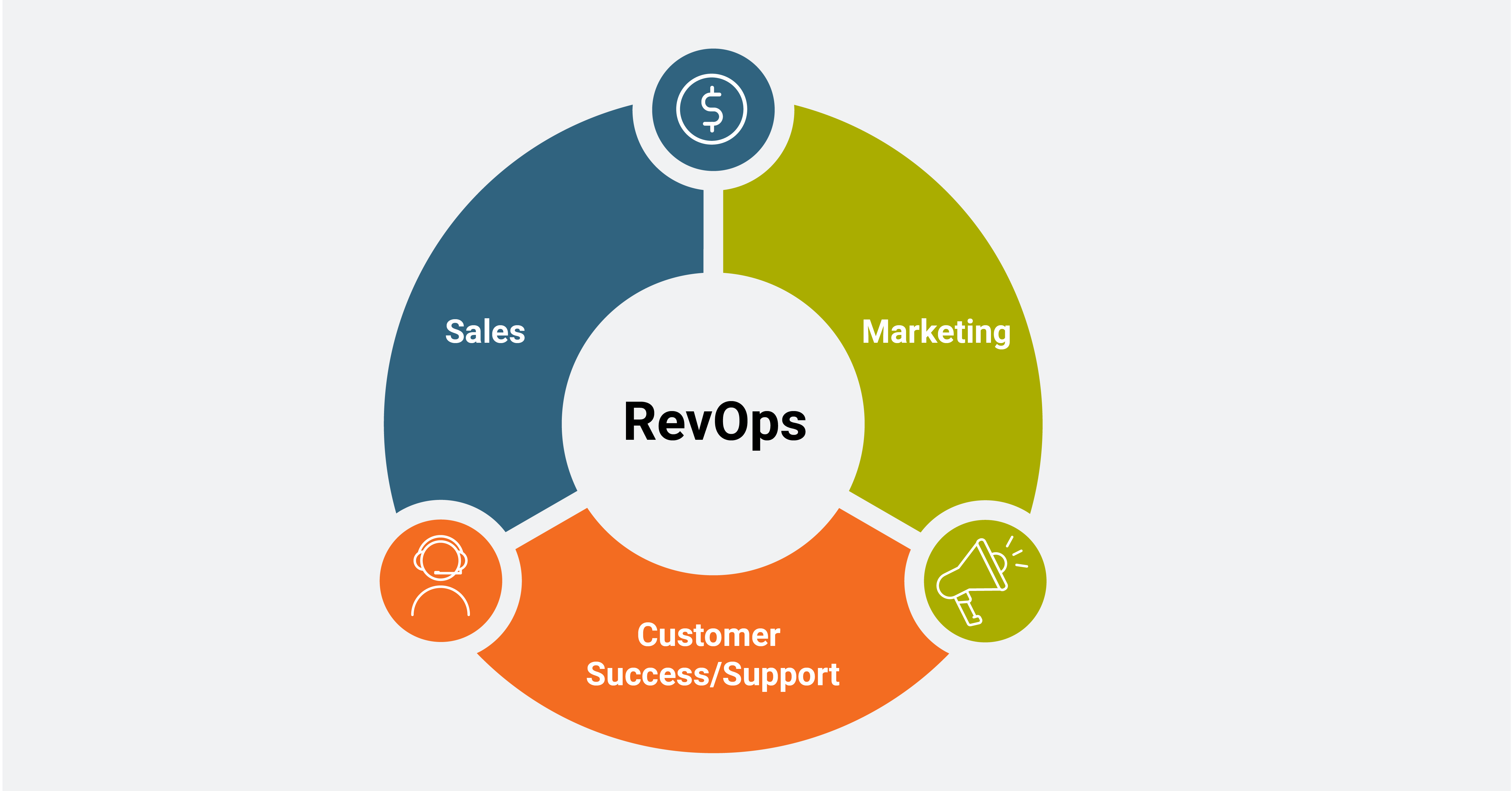The demand for tech talent is high, but the pool of qualified candidates is in short supply. It also doesn’t help that unemployment is low, as it further narrows down your talent pool and makes it harder to find great employees.
With competition for tech talent high, you’re likely looking for new and innovative ways to identify, attract and recruit exceptional tech professionals. This article will help you do just that by explaining a unique sourcing tactic, Github advanced search. You’ll learn what Github is as well as why and how you should source tech professionals from the platform.
Free E-Book: Core Values in the Workplace
How to create core values that will inspire your workforce.
Table of Contents
What is GitHub?

GitHub is a cloud-based social sharing site. Instead of sharing life updates, job postings or photos, however, GitHub users share code. The platform runs on an open-source framework, meaning the code is open to the general public and can be altered by anyone. The changes are tracked via the platform’s Git revision control system (hence the name GitHub), so users can see how code changes from its original form.
Why Recruit on GitHub?

In this day and age, just about every company needs professionals with coding, developing or programming experience. Whether you’re updating your company’s website or building an app, you need software engineers and software developers — both of which are some of the most in-demand roles in the job market.
Employers need to get more strategic with their sourcing tactics if they want to beat out the competition and attract top software engineering talent. Because tech professionals have endless job opportunities, they’re not actively looking for jobs or updating their digital resumes. They’re also not going to respond to the long list of recruiters trying to connect and get them to apply.
Instead, for those hard to hire technical roles, you need to meet talent on the platforms they frequent. For most software engineers and developers, that platform is GitHub.
How to Recruit with GitHub Advanced Search

In order to find great software engineers and developers on GitHub, you first need to understand how the platform works and what to look for. Start by creating an account on GitHub that includes information on your company.
Additionally, create a candidate persona so you know what to look for during your search. Your candidate persona should include information like location, experience, education, programming language and skills.
Similar to other social sharing sites, GitHub users have profiles with the following information:
- General: Name, Location, Date joined, Handle (or screen name)
- Professional: Job title, Employer, Education, Skills, Website, Contact information
- Public activity
- Followers/Following
- Forks (code that’s been copied)
- Sources (original code from user)
- Stars (GitHub’s version of likes)
GitHub profiles also include a calendar graph of when and how many contributions a user has made to open source code in the previous year.
Additionally, there is a section called repositories, or “repos”, which are locations on the platform where open-source development projects or software packages are stored. On a user’s profile, you can see which repositories the user has worked on and how much their work has been starred or forked. Repositories give you insight into what languages and skills a user has demonstrated, which is much more informative than bullet points on a resume.

Search for Candidate Personas

Repositories are a goldmine for recruiters searching for specific information to find aptly skilled professionals. Depending on what you’re looking for, GitHub breaks down a variety of search inquiries and how to utilize their website to narrow down your results.
Again, your candidate persona will help you determine what you need in your next software developer or engineer, so make sure you complete that first. Here are the most common ways to search for users by criteria on GitHub:
- Language
- Number of followers
- Number of forks (copied code)
- Number of stars (likes)
- Topic or number of topics
- License
- Repository size, name, description, or contents of the README file
- Within a user’s or organization’s repositories
- Search based on the contents of a repository
- Search based on whether a repository is a mirror
- Search based on whether a repository is archived
- Search based on the number of issues with good first issue or help wanted labels
Depending on your search metrics, you can reorganize the search results you get by best match, most followers, fewest followers, most recently joined, least recently joined, most repositories and fewest repositories. While it may seem counter-intuitive to find people with few followers or repositories, if you’re looking for a junior software engineer, this can be helpful to find people new to the field.
Narrow Down Top Candidates

As you start to identify professionals that resonate with your team and reflect the candidate persona you created for the role, you can begin narrowing down your options further by searching for more specific criteria, such as:
- Location (location:chicago)
- Skills (language:ruby)
- Followers (followers:<100)
On the profiles that stand out, make sure to take note of important information on their profiles, like:
- Name
- Job title
- Website
- Public activity
Additionally, you can use Boolean search tactics on Google to further narrow your search on GitHub. Boolean search is like a DIY version of advanced search fields, and using Boolean search in recruitment saves time sourcing candidates, ultimately reducing your cost-per-hire.
Let’s break down some examples of how to use Boolean search to find information on Github.
URL: AND SITE:
You can search for results on a specific website by entering the URL: or site: Boolean search operator to target specific candidates on GitHub (or any other site for that matter). You can use this search to narrow down candidates by keywords, like their job title, current company, location, skills and language.
Boolean Search Example
- site:github.com software AND (engineer OR developer) AND ~resume -job -jobs -hire -hiring
*Do not include an extra spacing between operators. Follow the format above exactly.
This is an example of a search query for someone looking for:
- Candidates on GitHub (site:github.com)
- Who are software developers or software engineers (AND (engineer OR developer))
- Who have a resume or something similar (~resume)
- And wants to exclude any job postings (-job -jobs -hire -hiring)
INTITLE: / INTEXT: / INURL:
You can also utilize Boolean search tactics to search GitHub for resume pages or links within a website. Candidates often create websites with digital portfolios and professional documents. Such documents are often uploaded under a file name that includes “resume” or “CV.” Use the following search string to locate those downloadable documents on GitHub.
Boolean Search Example
- site:github.com (inurl:resume OR inurl:CV) software AND (engineer OR developer) -job -jobs -hire -hiring
*Note: intext: searches the body text of a web page, whereas inurl: searches within a URL.
This example is for recruiters who are looking for:
-
Candidates on github (site:github.com)
-
With a downloadable resume or CV ((inurl:resume OR inurl:CV))
-
Who are software developers or software engineers ((software AND (engineer OR developer))
-
Excluding any job postings (-job -jobs -hire -hiring)
Connect with Candidates

Once you’ve identified a few prospective candidates you want to pursue, do your due diligence and learn as much as you can about them before connecting. Go onto other social platforms and search their name to see where they’ve worked and what projects they’ve worked on. The more information you gather, the more personalized your message can be, and the better chance you’ll have at standing out from other employer inquiries.
Consider the projects they’ve worked on in the past and inform them of similar or more challenging projects your job opportunity has to offer. If you know their interests, you can identify how they will add to your company culture, and you can share elements of your culture that will entice them to take a closer look at your company.
Most profiles have a public email address so you can reach out to candidates and add them to your talent pipeline. Even if they’re not interested in your job opportunity now, it doesn’t mean they aren’t interested in your company altogether. You can always ask them to join your talent community so they can hear about open positions in the future.
In the event that they are interested in pursuing your offer, prepare your team for how to handle salary negotiations. In a candidate driven market where tech talent is scarce, these candidates know they’re in high demand and will wait around for the best opportunity. Having a solid negotiation strategy will make sure you’re prepared to meet the candidate’s expectations while staying within your budget for the role.
GitHub is one of the best resources out there for companies looking to find exceptional tech talent. All it takes is a little learning and adaptation to optimize your search tactics on their website. Once you get in the swing of things, you’ll become faster and more efficient at finding the specific candidate personas your team needs to drive business and boost your culture. Continue to grow your tech recruiting expertise by brushing up on additional tech recruiter resources.
Free Toolkit: Successfully Onboard Remote Employees
Download this remote onboarding toolkit to access actionable resources you can implement and see the impact of immediately.







